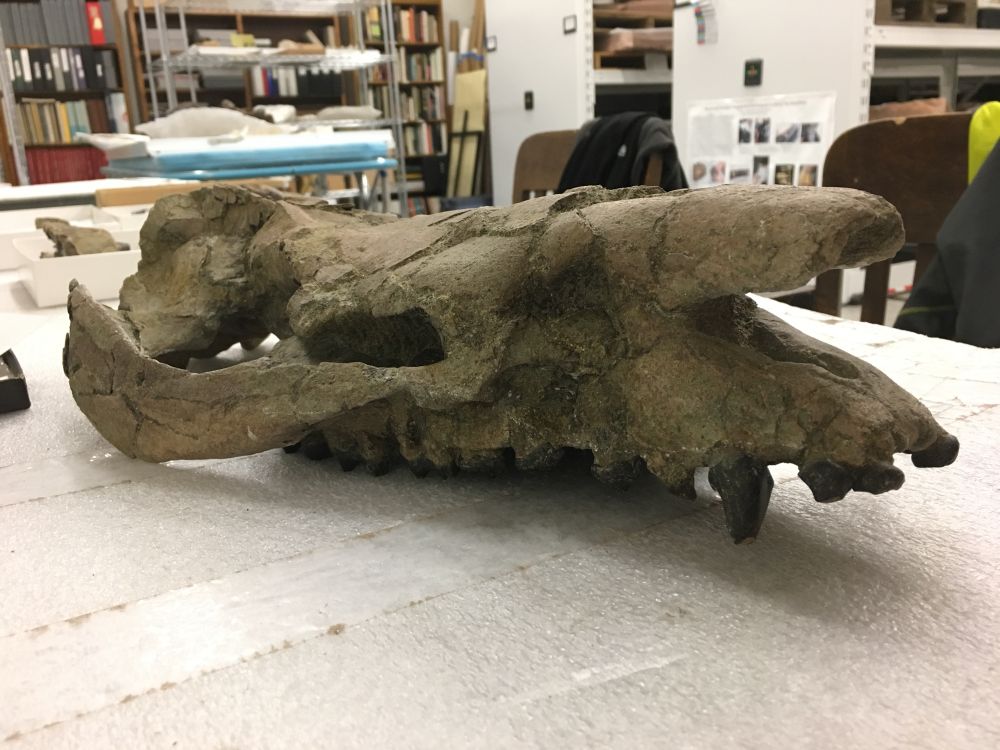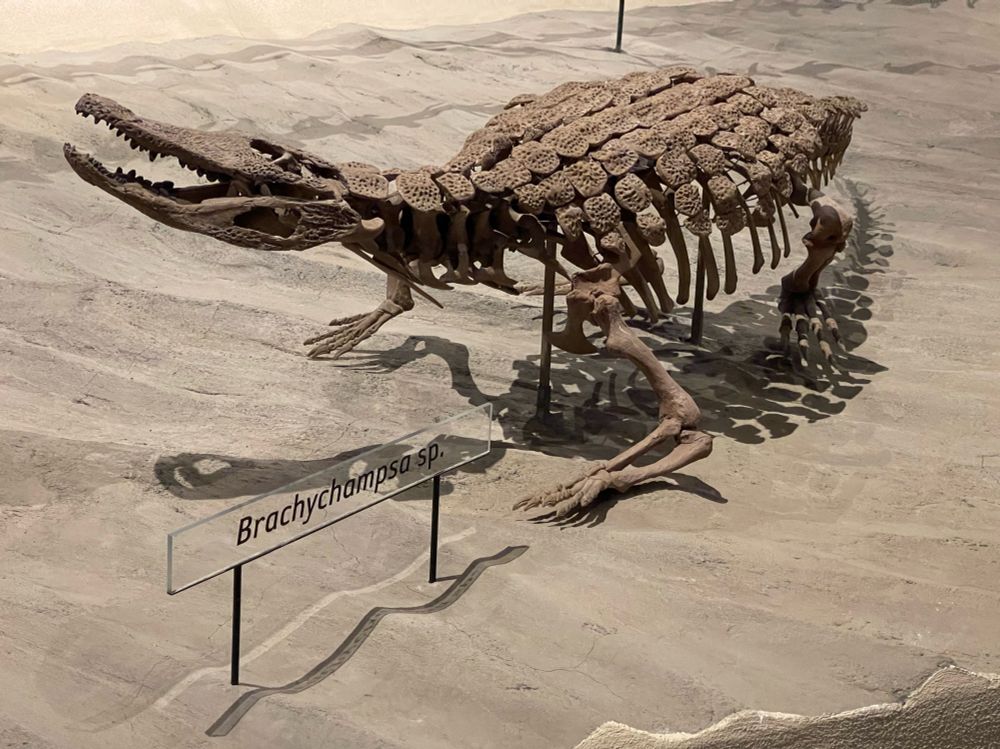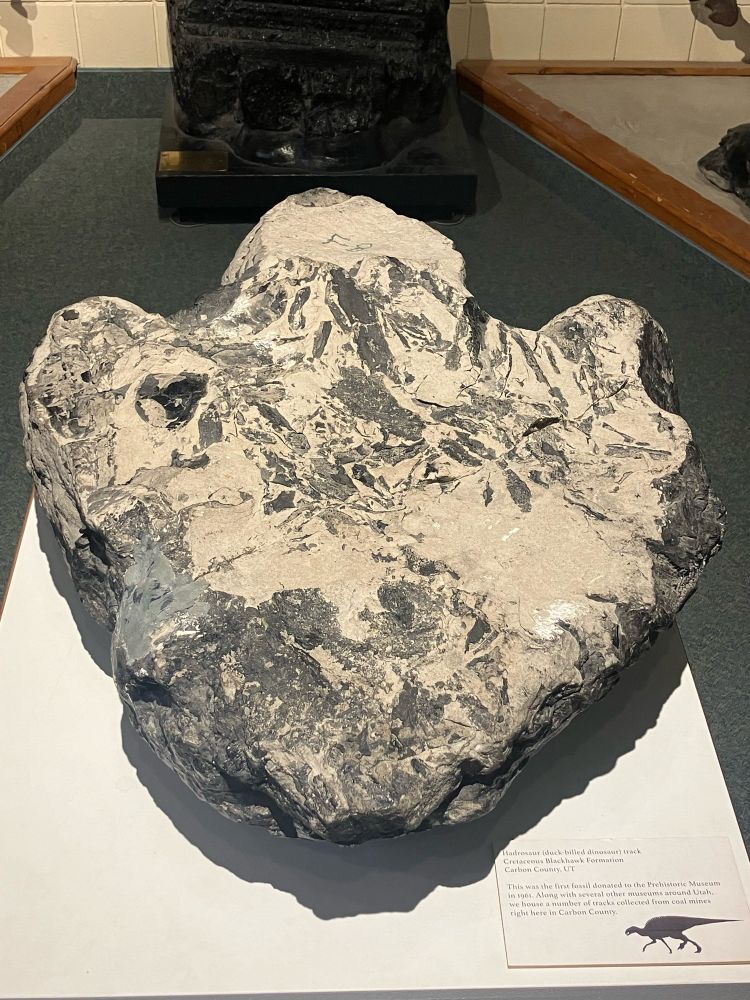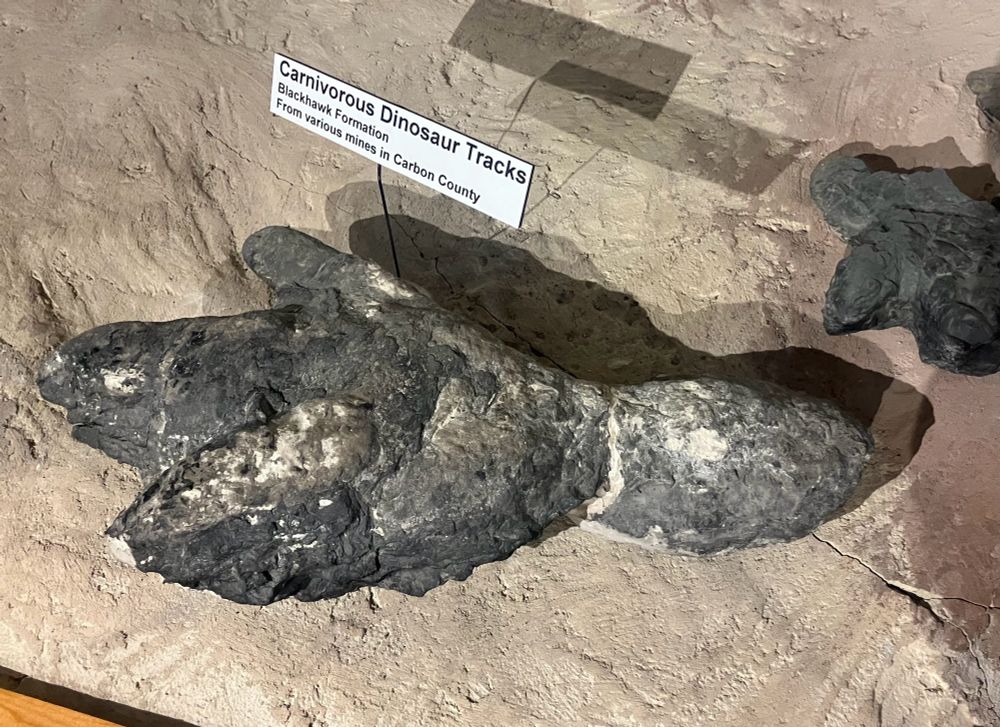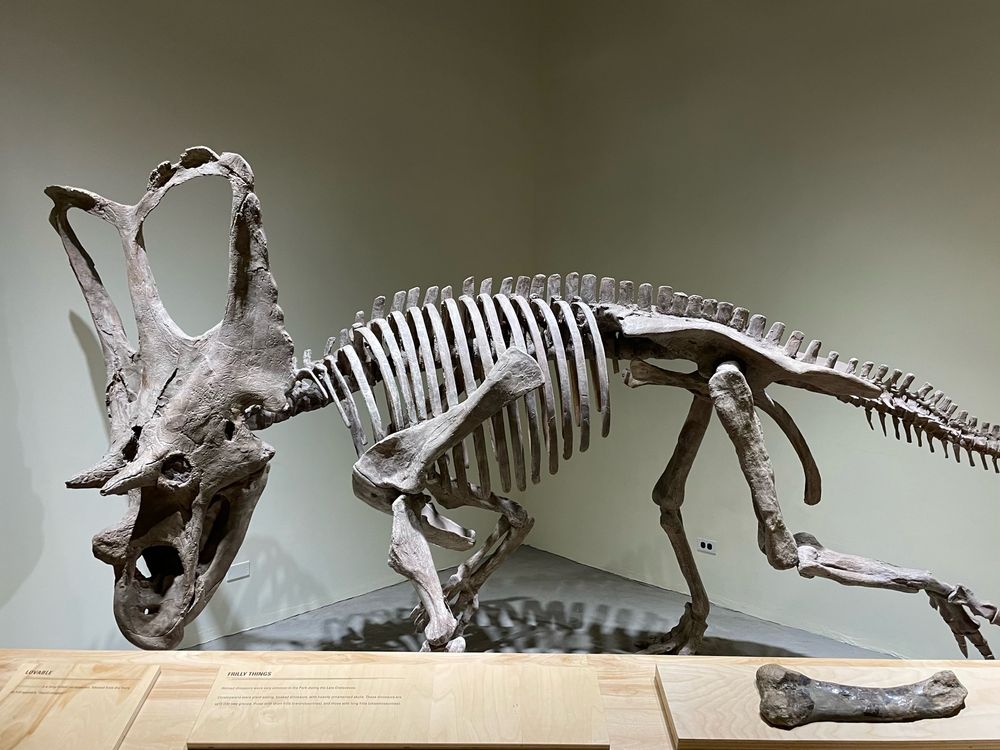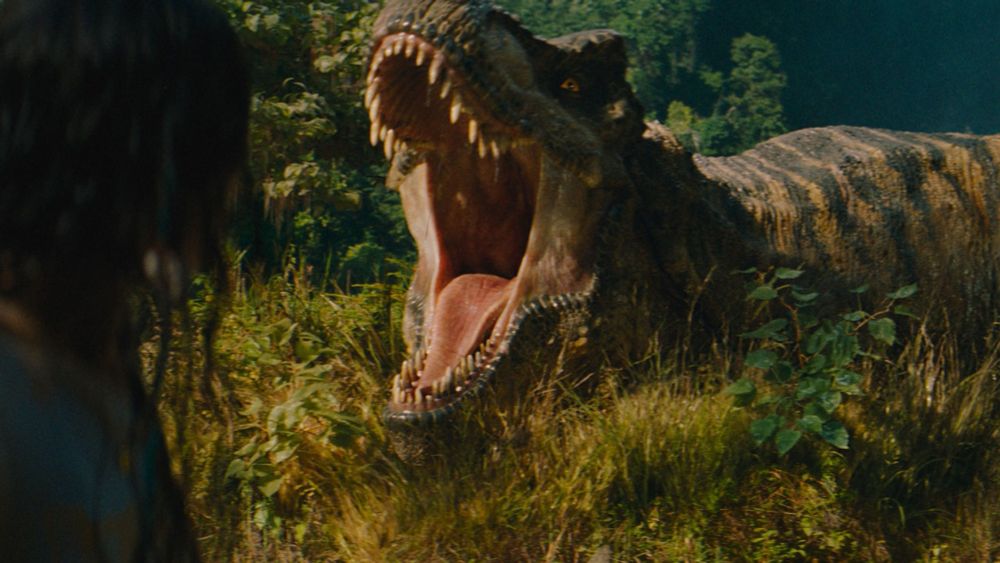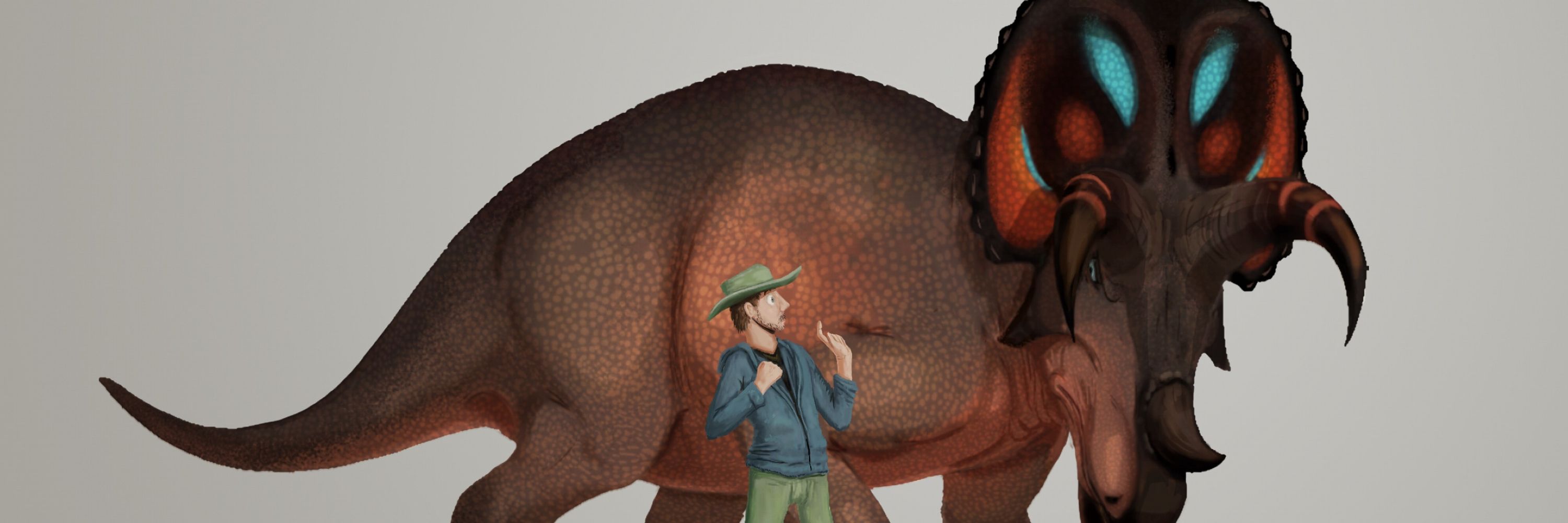
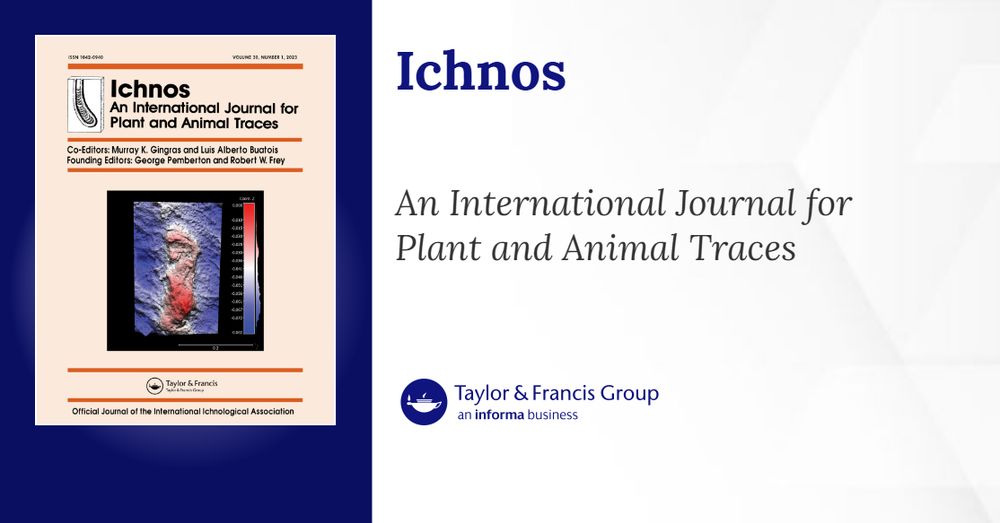
www.tandfonline.com/doi/full/10....
A new glimpse into theropod diversity from Early Cretaceous Australia: megaraptorids, an unenlagiine, and for the first time, carcharodontosaurians.
Read it here: tandfonline.com/doi/full/10....
Artwork by Jonathan Metzger.
1/10
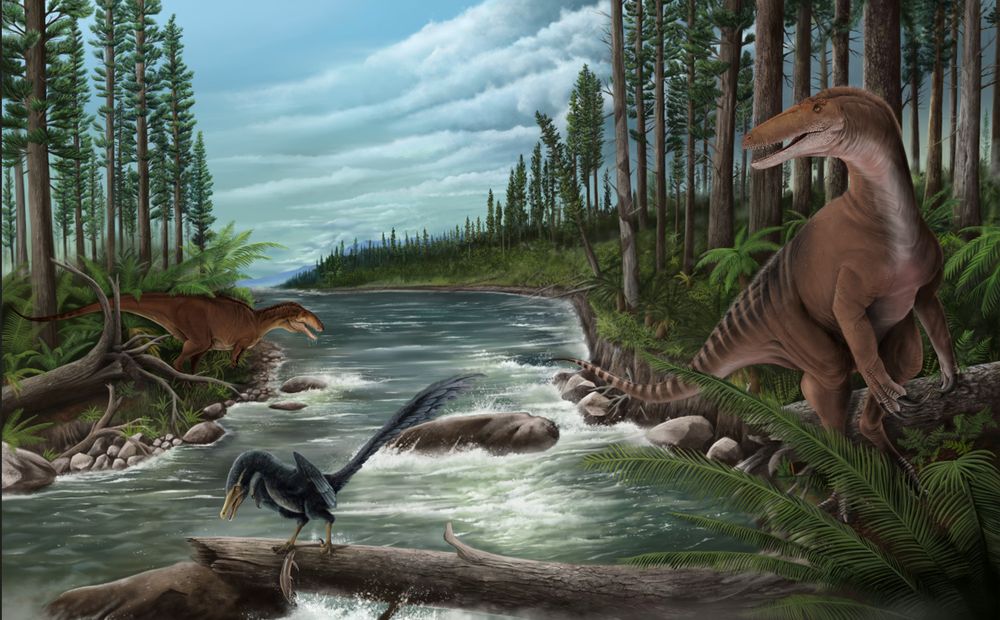
A new glimpse into theropod diversity from Early Cretaceous Australia: megaraptorids, an unenlagiine, and for the first time, carcharodontosaurians.
Read it here: tandfonline.com/doi/full/10....
Artwork by Jonathan Metzger.
1/10
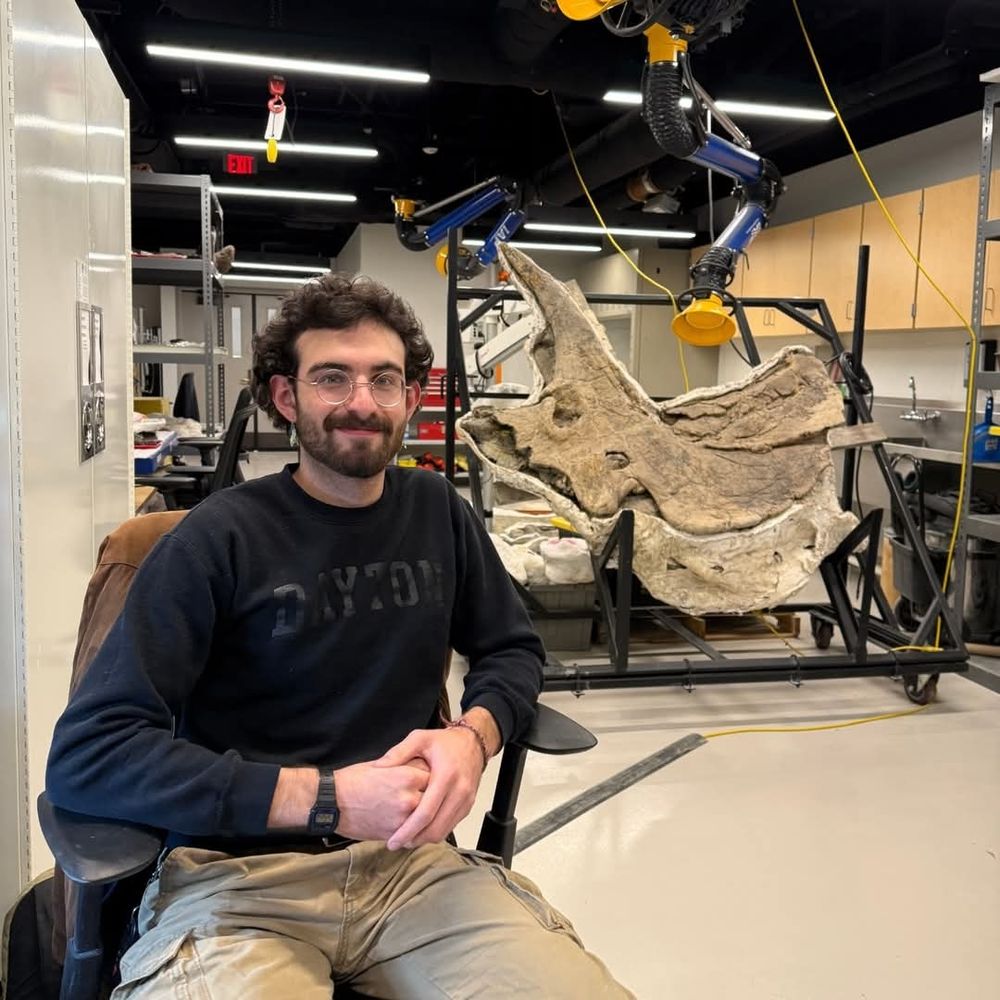
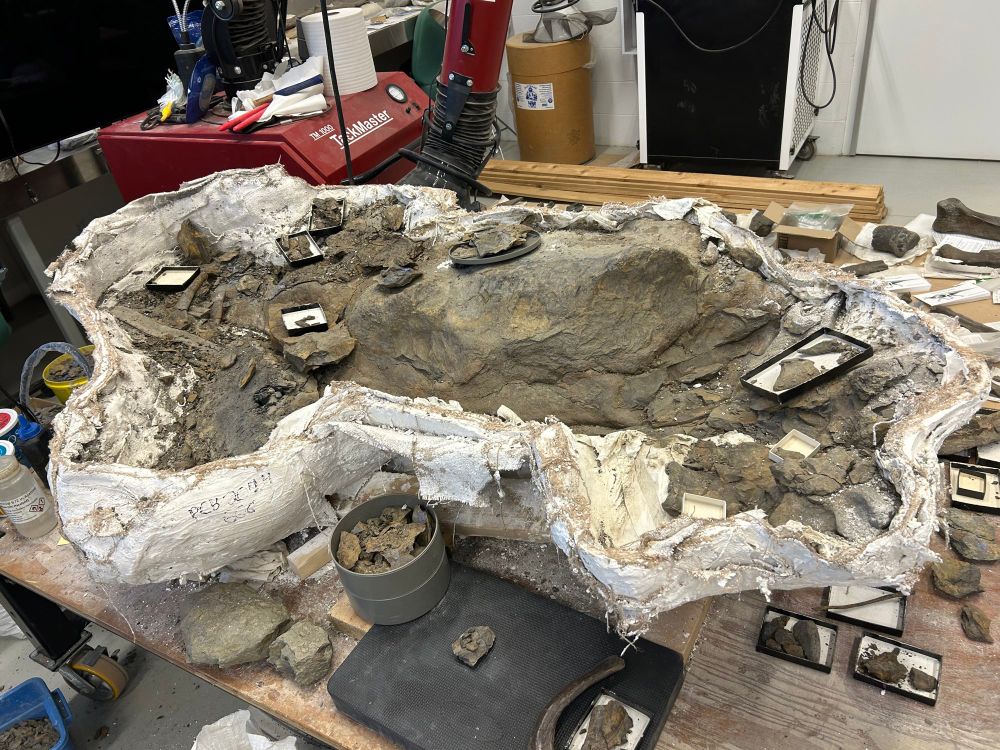
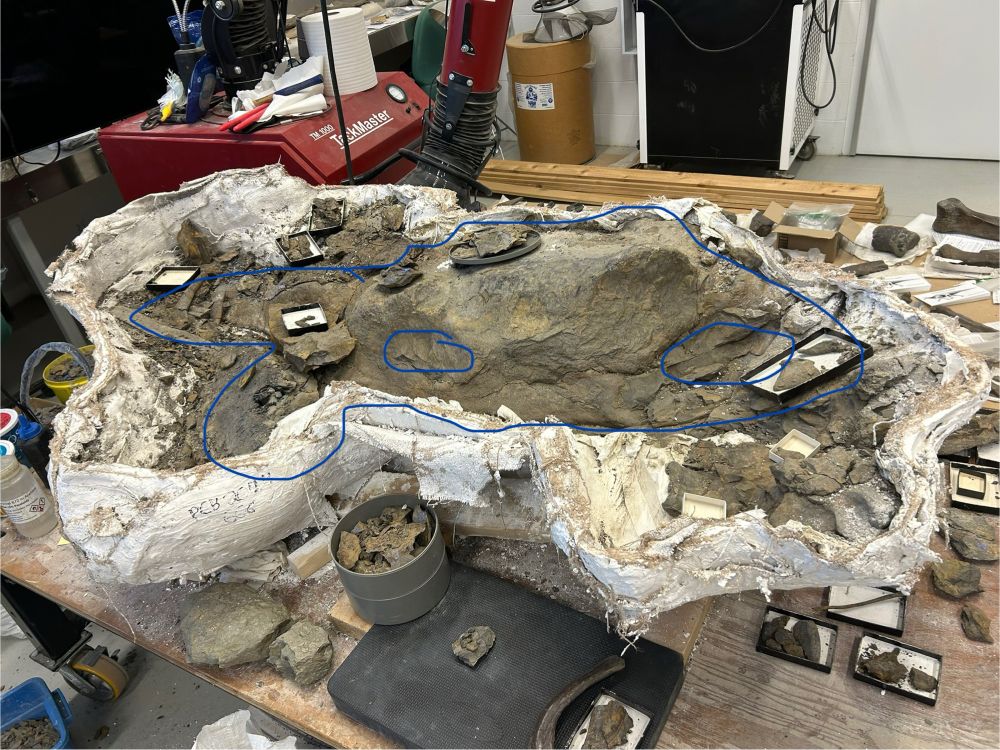
This specimen has split carinae (the serrated edge) on the front side in an upside down "Y" pattern. Relatively uncommon, and a treat to find in the field. 🦖 🧪
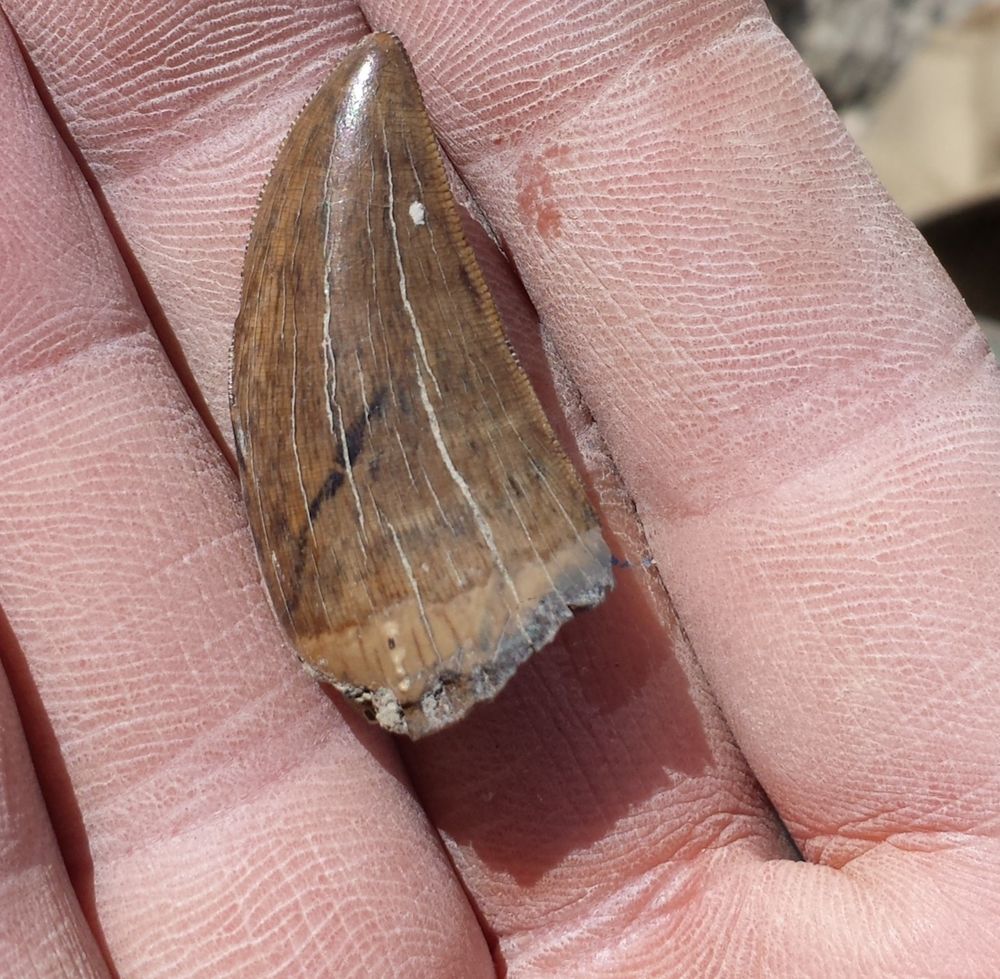
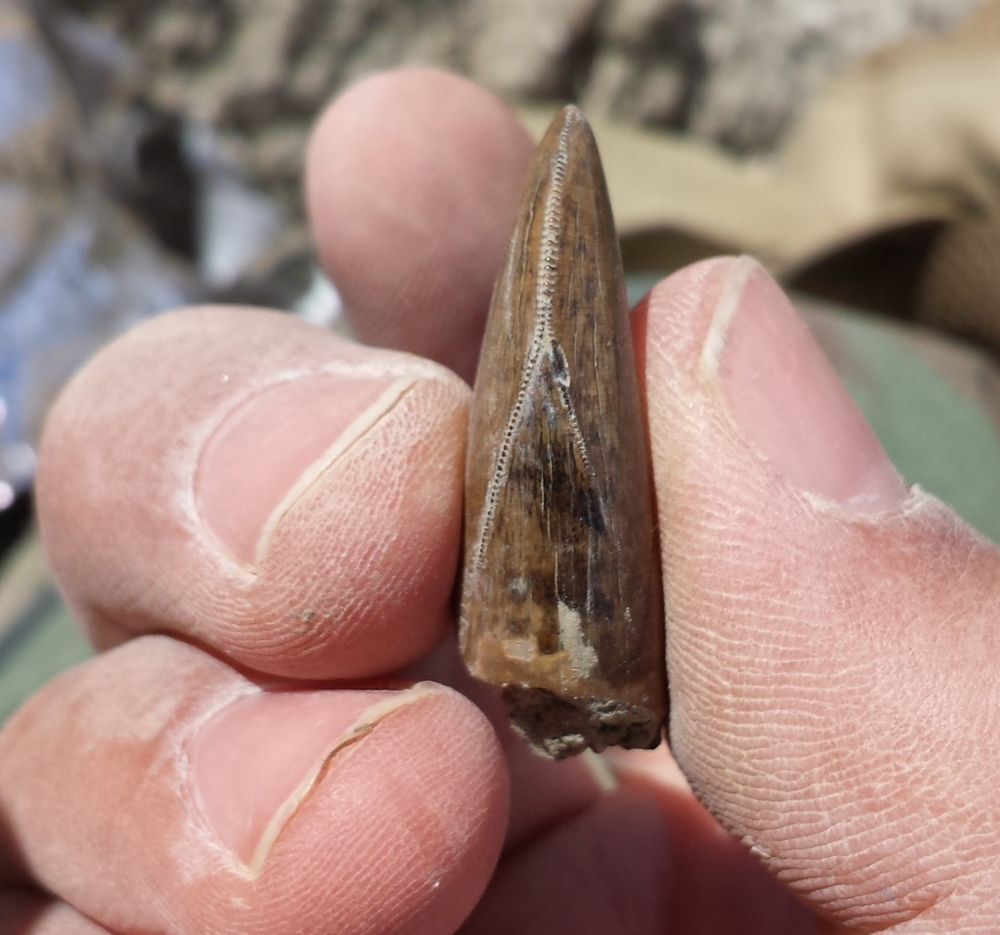
This specimen has split carinae (the serrated edge) on the front side in an upside down "Y" pattern. Relatively uncommon, and a treat to find in the field. 🦖 🧪
Thyreosaurus, Plourdosteus, Congruus, Megalotragus...




Thyreosaurus, Plourdosteus, Congruus, Megalotragus...
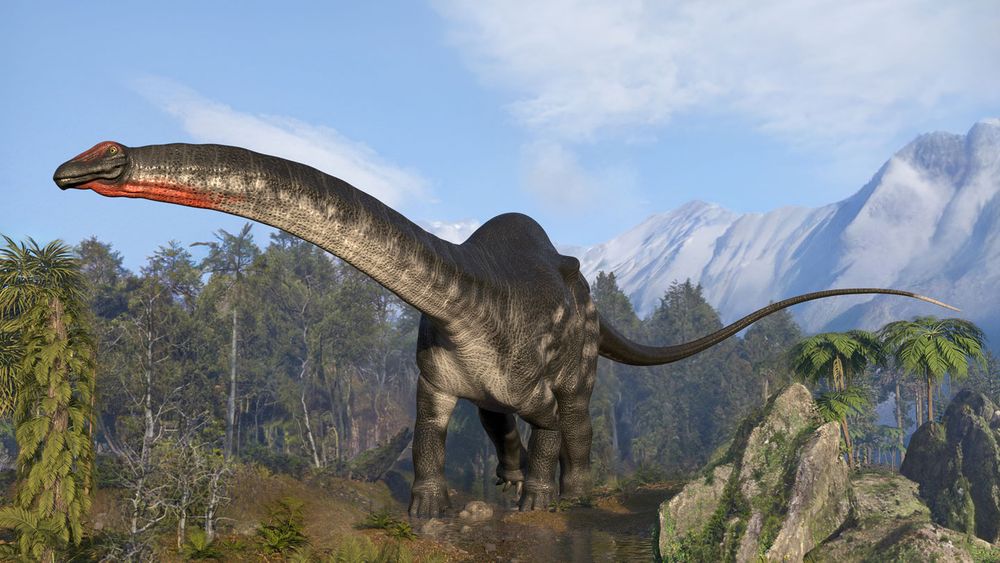

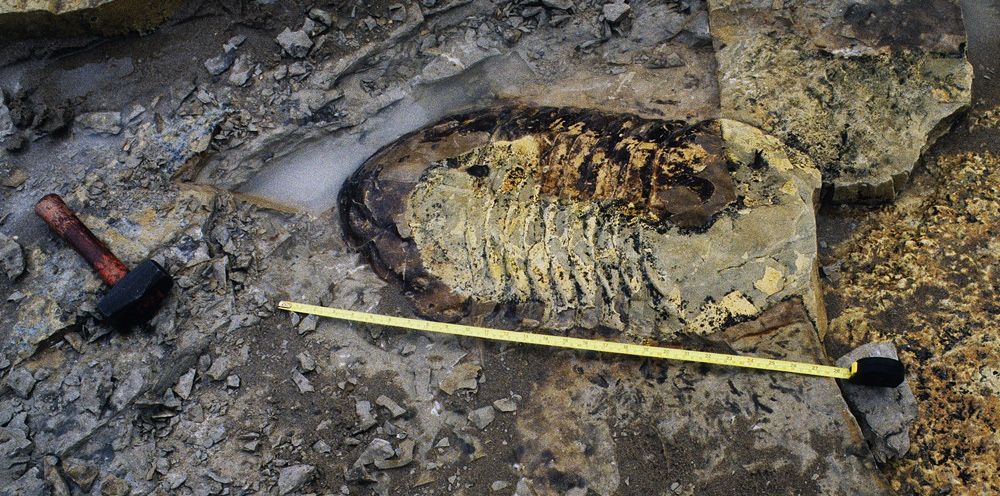

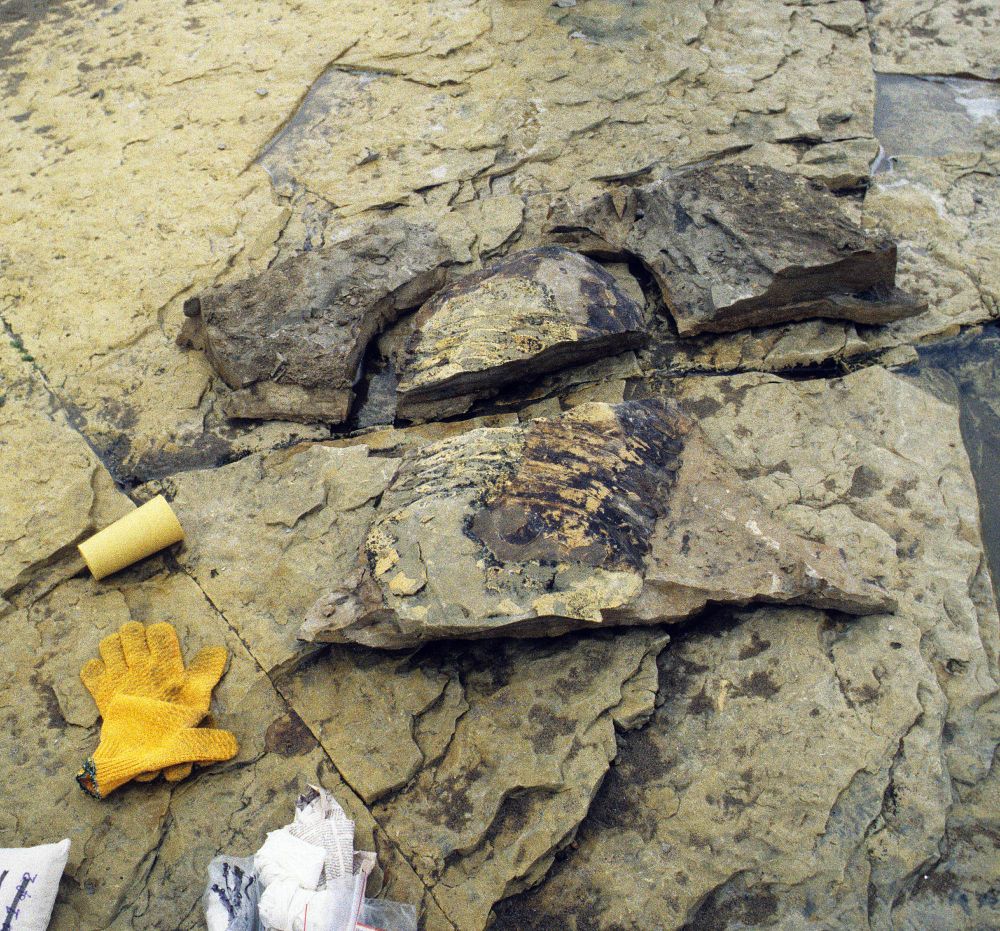
Me: "Yes."
Wrote about these megafauna-made mega-tunnels of in my book 'The Evolution Underground' (2017, Pegasus Books), pleased to see them still getting the attention they richly deserve.
🧪🦥🪨⚒️ #ichnology
Me: "Yes."
Wrote about these megafauna-made mega-tunnels of in my book 'The Evolution Underground' (2017, Pegasus Books), pleased to see them still getting the attention they richly deserve.
🧪🦥🪨⚒️ #ichnology
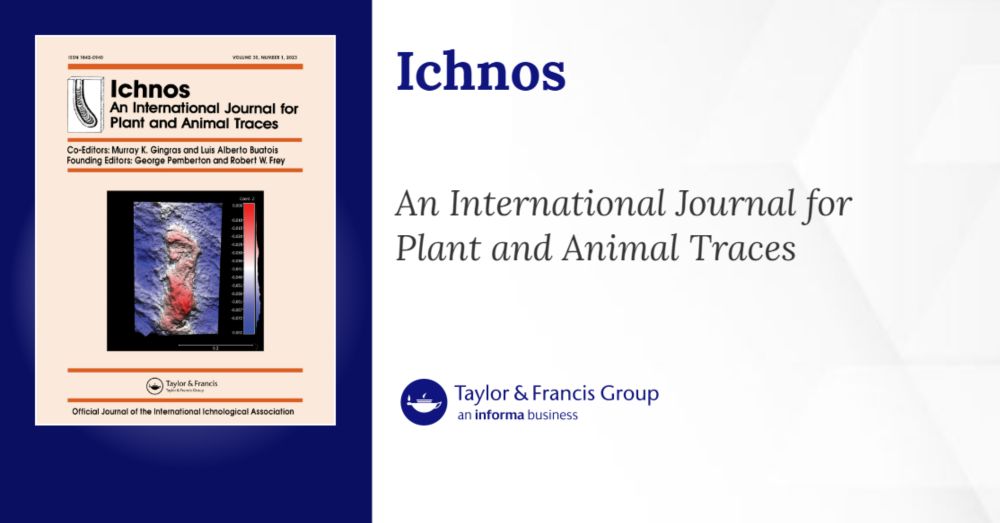
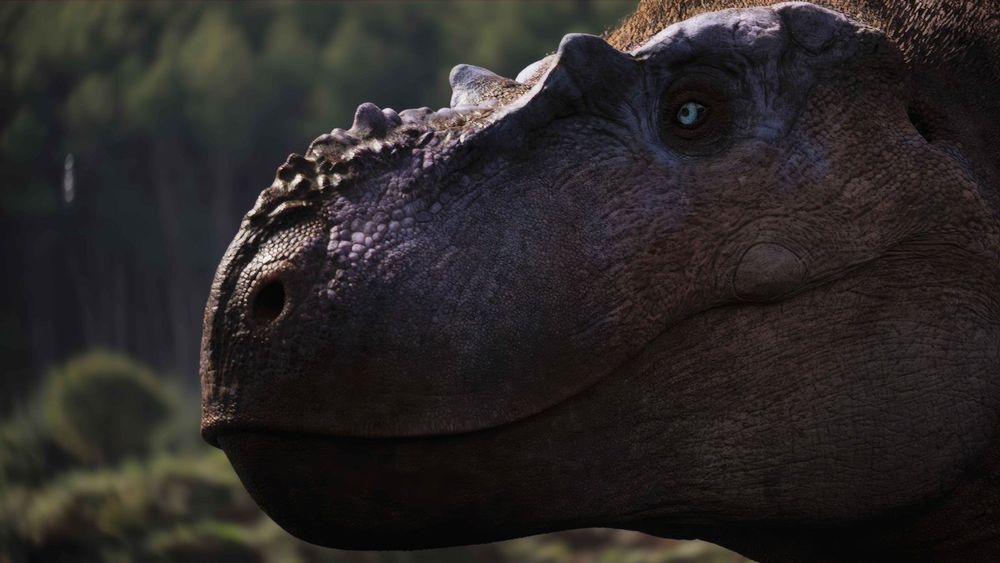
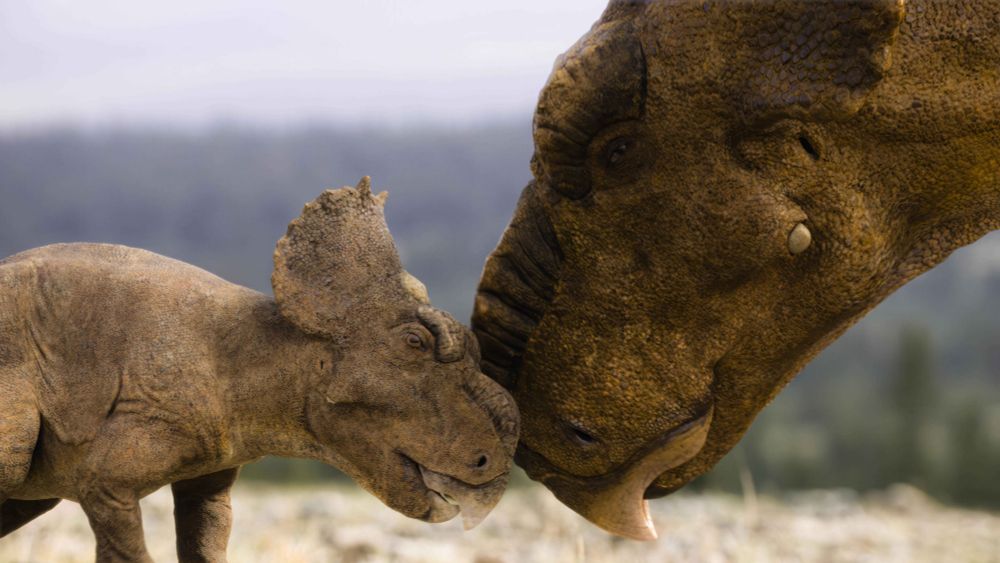
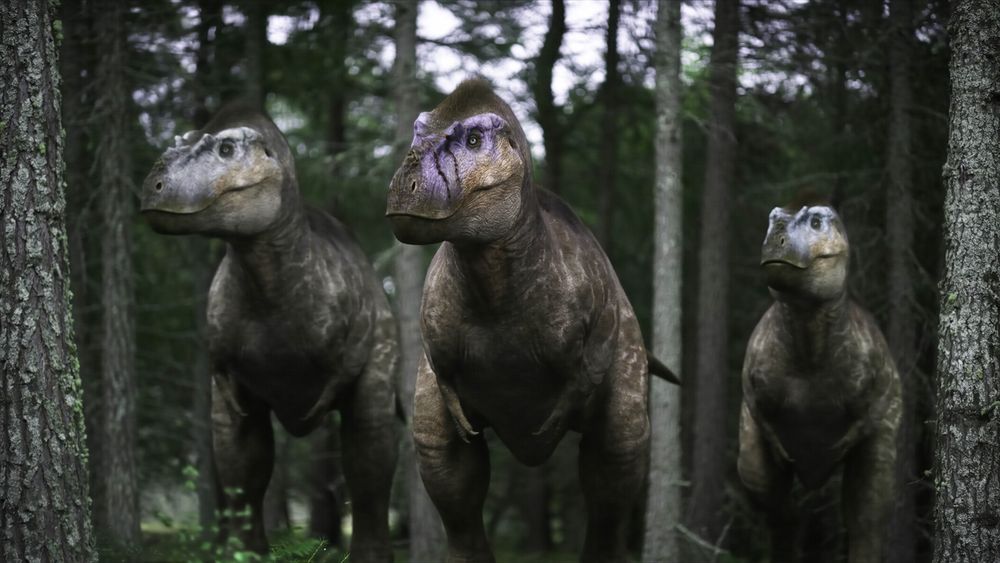
Pre-orders make a massive difference, so please consider ordering a physical, ebook, or audio copy, and asking for it from your favorite library 🌱
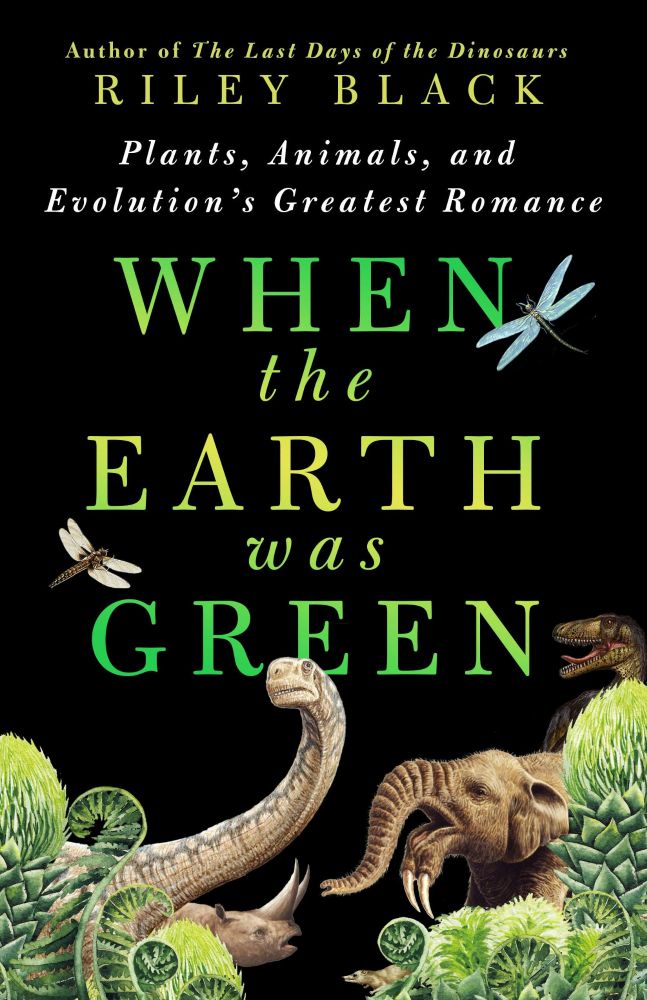
Pre-orders make a massive difference, so please consider ordering a physical, ebook, or audio copy, and asking for it from your favorite library 🌱
www.tandfonline.com/doi/full/10....

www.tandfonline.com/doi/full/10....
stratigraphy.org/ICSchart/Chr...
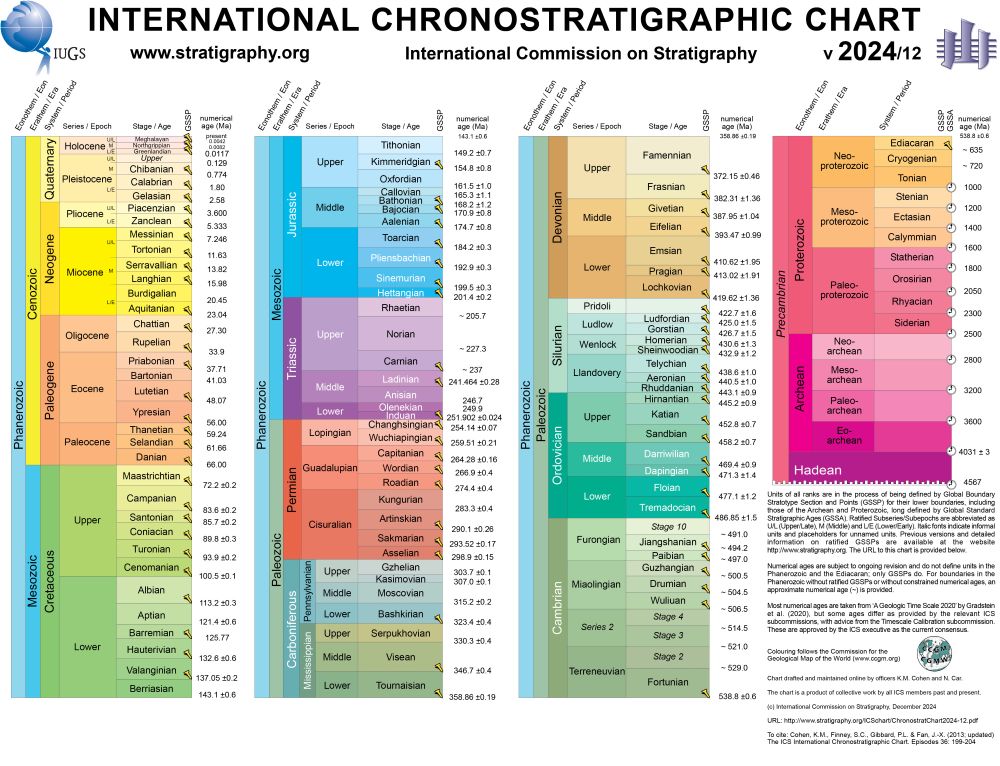
stratigraphy.org/ICSchart/Chr...
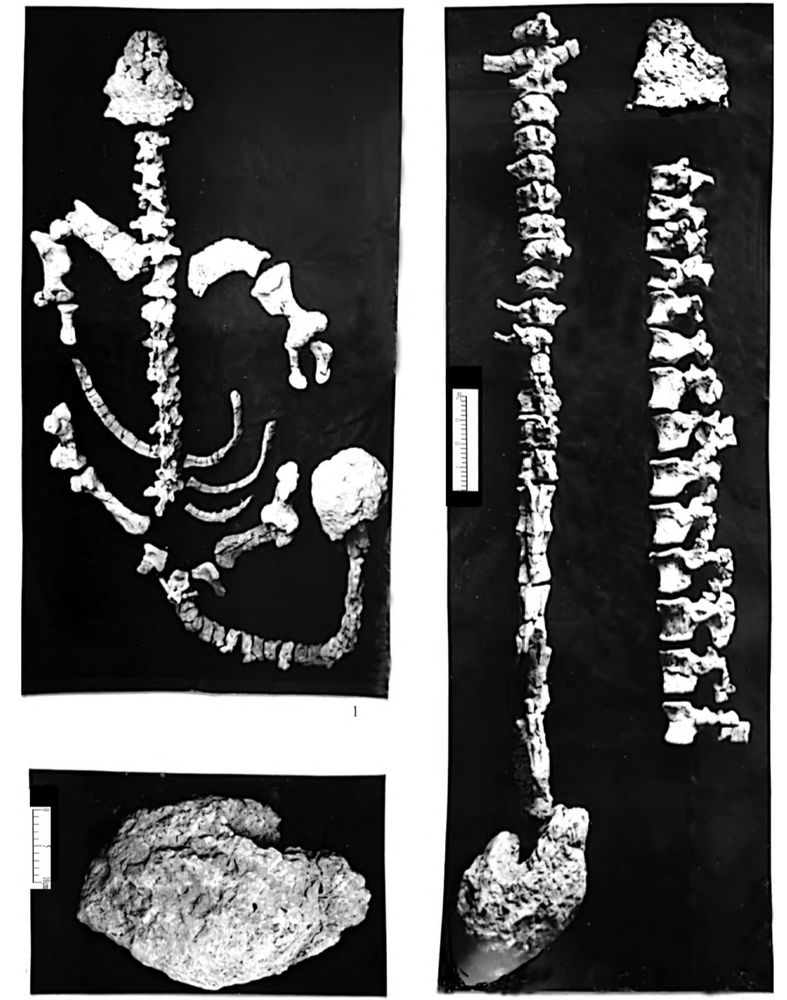
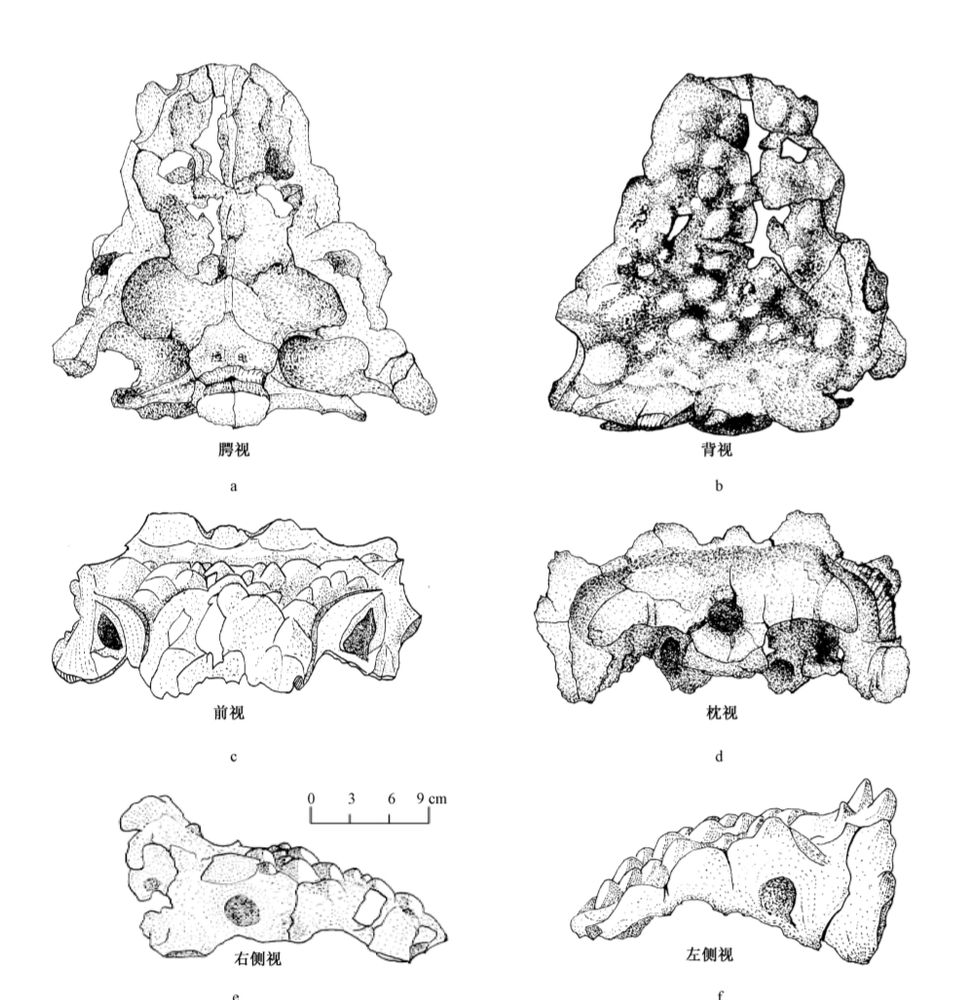
Merry Christmas and Happy Holidays!
#paleoart #sciart #dinosaurs
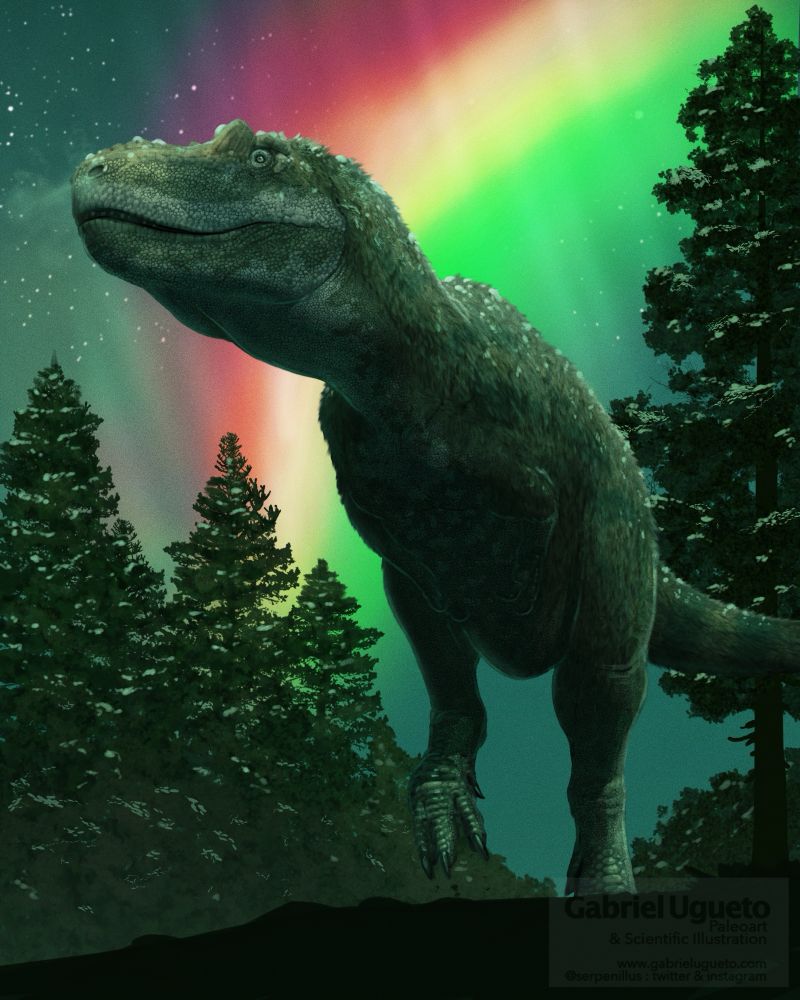
Merry Christmas and Happy Holidays!
#paleoart #sciart #dinosaurs
#TurtleTuesday
#Paleontology
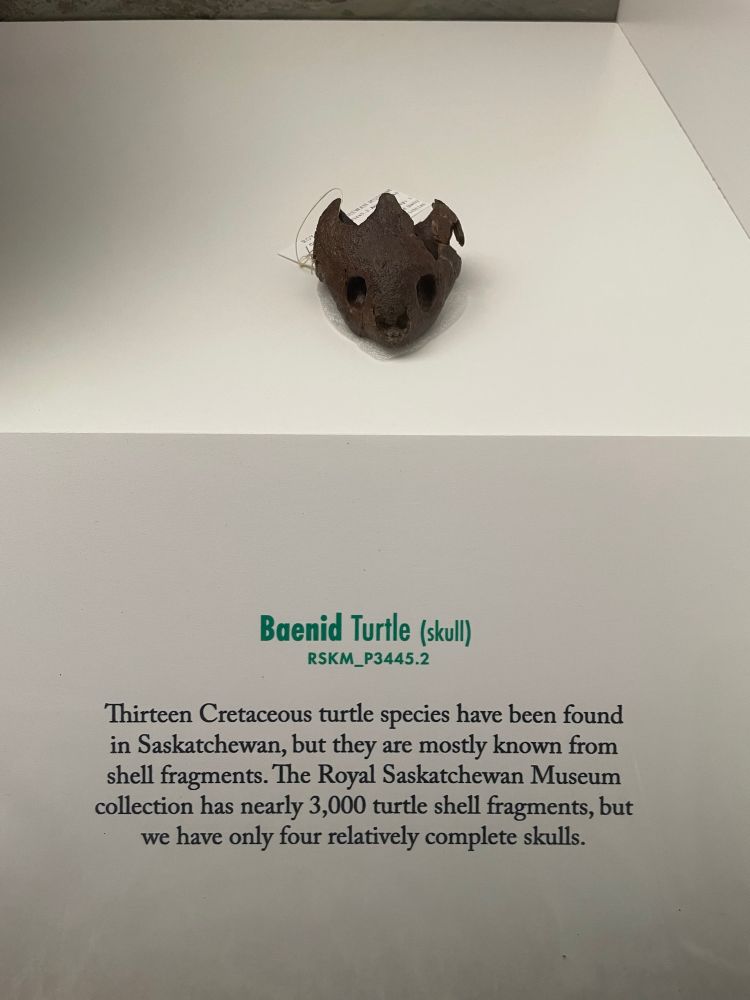
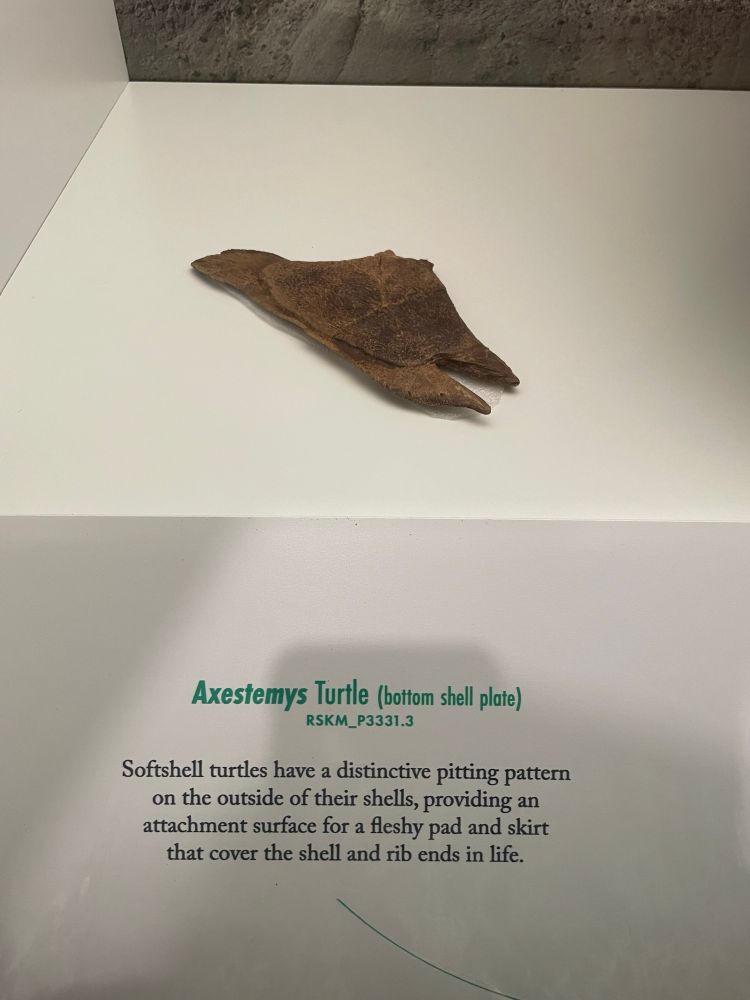
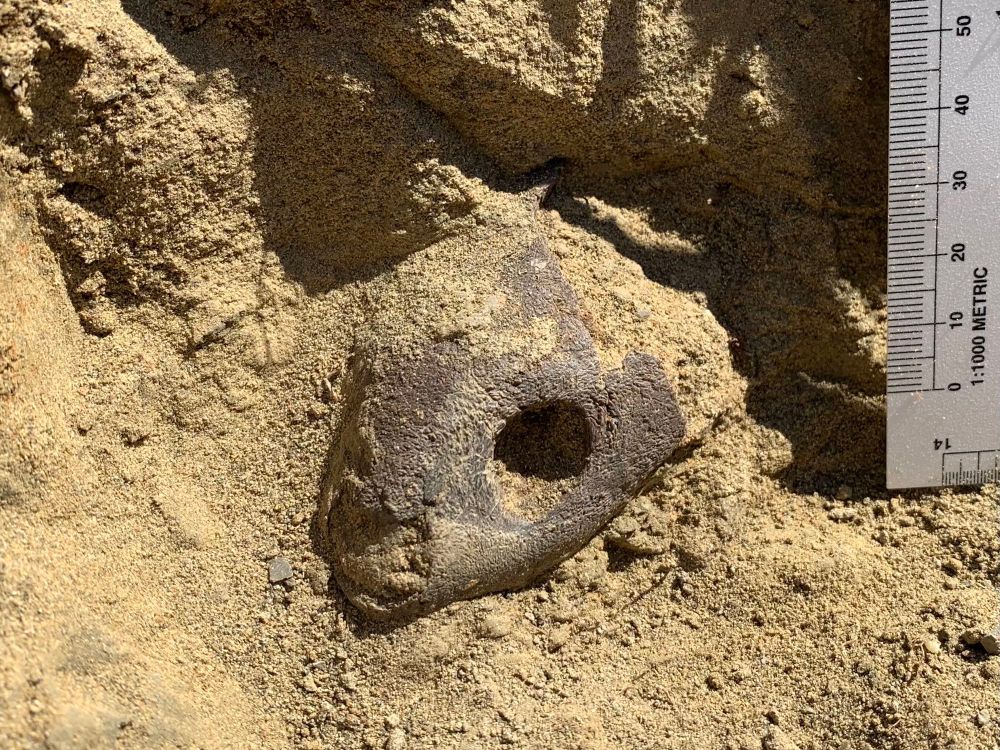
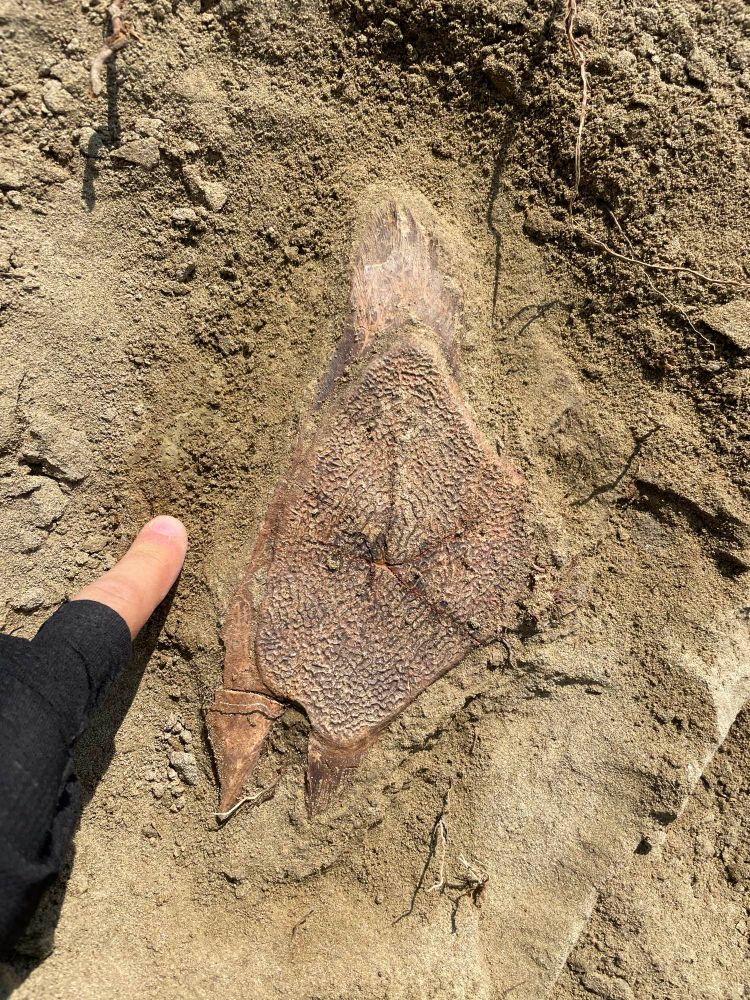
#TurtleTuesday
#Paleontology
(P.S. The plane's registration number is an Easter egg.) 🧪🦀
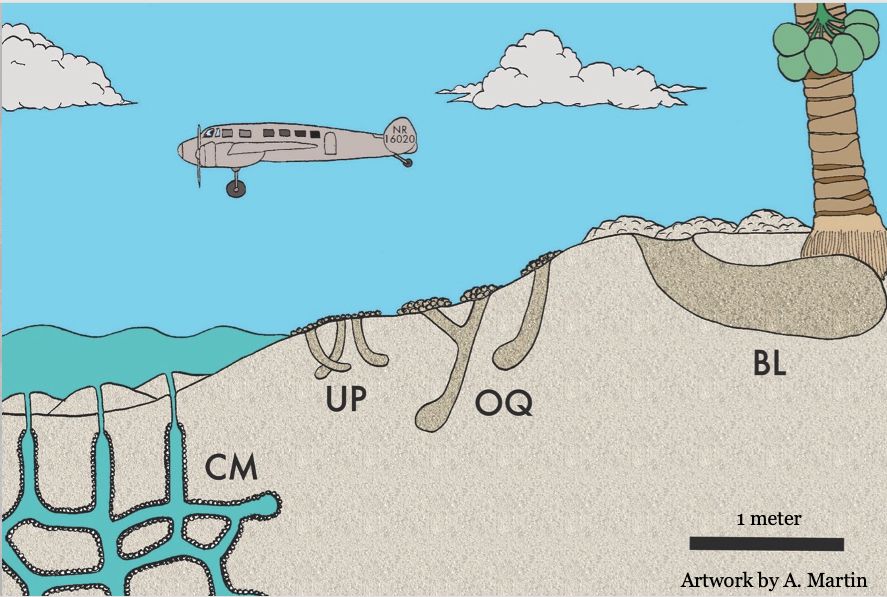
(P.S. The plane's registration number is an Easter egg.) 🧪🦀
Triceratops, Tyrannosaurus, Edmontosaurus, Mosasaurus, and Rhamphorhynchus.
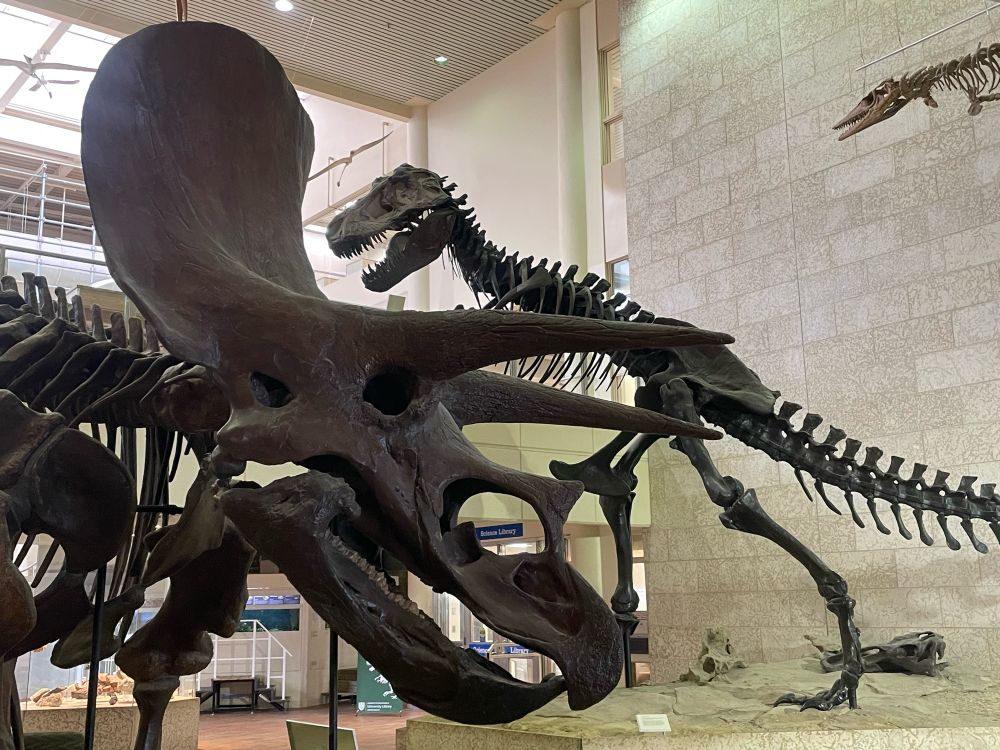
Triceratops, Tyrannosaurus, Edmontosaurus, Mosasaurus, and Rhamphorhynchus.
www.cambridge.org/core/journal...
www.cambridge.org/core/journal...

